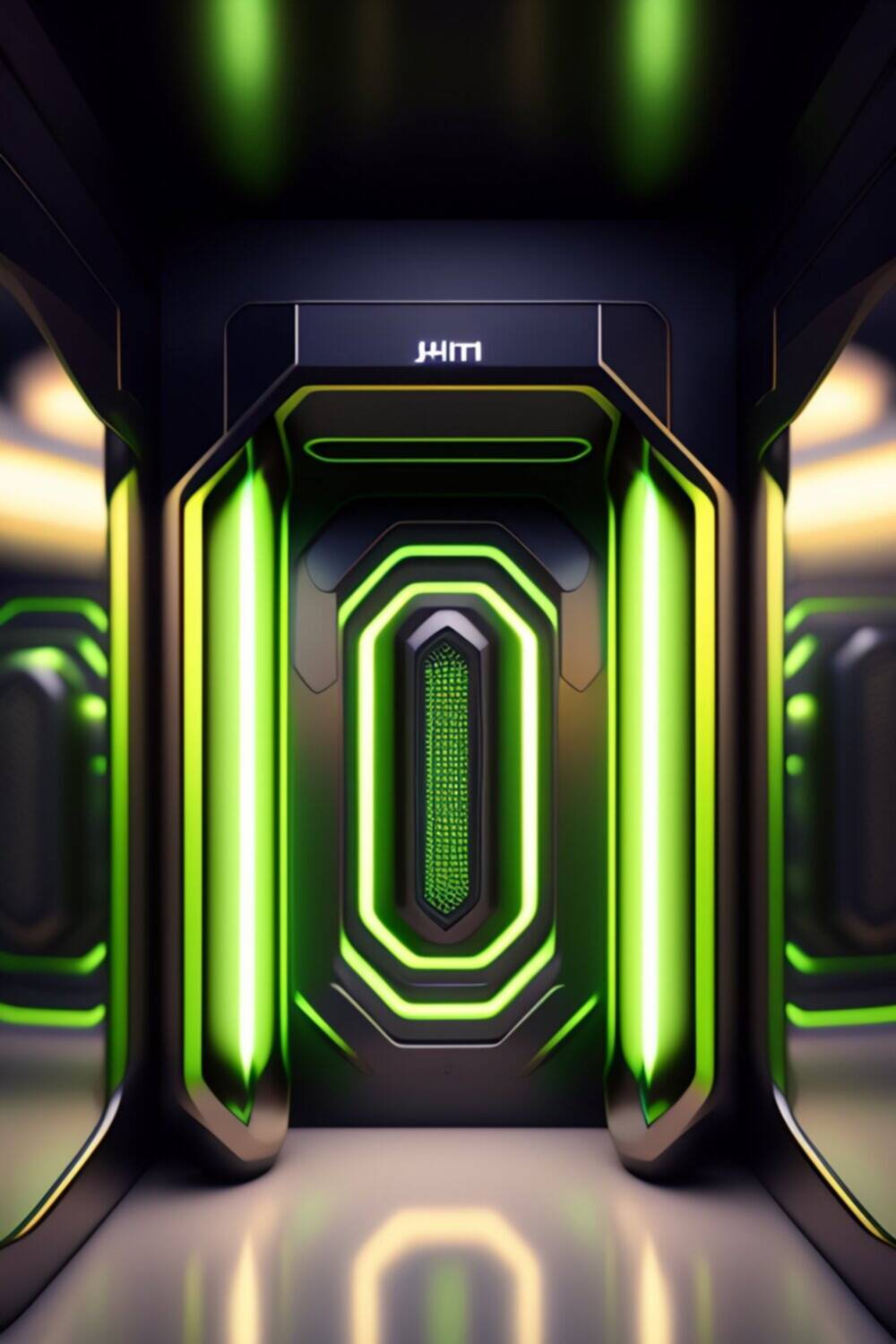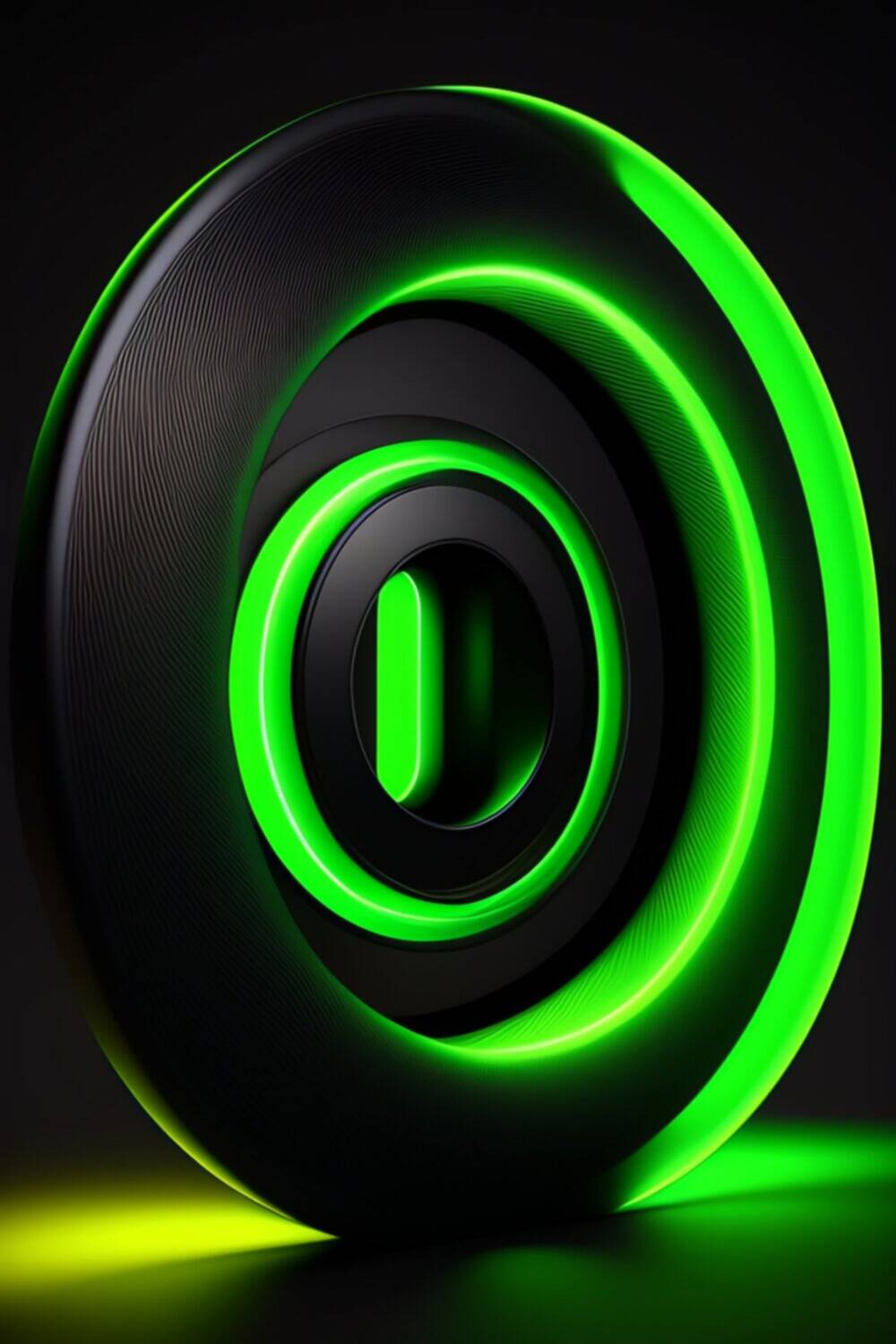Discover the exceptional benefits of choosing the Nvidia RTX 4090 for AI research and deep learning. Explore its advanced features, real-world applications, and expert reviews.
1. Introduction
In the rapidly evolving world of artificial intelligence (AI) and deep learning, choosing the right hardware is crucial to ensure optimal performance and breakthrough research. One such cutting-edge solution that has captured the attention of the AI community is the Nvidia RTX 4090 graphics processing unit (GPU). In this article, we will explore the myriad benefits of selecting the Nvidia RTX 4090 for deep learning and AI research, and how it elevates the capabilities of researchers and data scientists.
2. Understanding Deep Learning and AI Research
Before delving into the advantages of the Nvidia RTX 4090, it’s essential to grasp the fundamentals of deep learning and AI research. Deep learning is a subset of machine learning that focuses on training artificial neural networks to learn and make intelligent decisions on vast sets of data. AI research involves designing algorithms and models to mimic human cognitive abilities and solve complex problems. These tasks demand immense computational power, which traditional CPUs may struggle to provide.
3. The Importance of GPUs in Deep Learning
Graphics processing units (GPUs) have become the workhorse for modern deep learning and AI research due to their parallel processing capabilities. Unlike central processing units (CPUs), which excel at handling sequential tasks, GPUs can perform multiple calculations simultaneously. This parallelism significantly accelerates the training of neural networks, reducing the time required for AI models to converge.
4. Introducing Nvidia RTX 4090
The Nvidia RTX 4090 is the epitome of innovation, representing the next generation of GPUs designed explicitly for AI and deep learning applications. It builds upon its predecessor’s successes and introduces groundbreaking features that catapult AI research to new heights. Let’s explore some of its key features:
5. Key Features of Nvidia RTX 4090
The Nvidia RTX 4090 boasts a host of features that set it apart from its predecessors and competitors. Here are some highlights:
Performance and Efficiency Benefits
The Nvidia RTX 4090’s architecture is optimized for improved performance and energy efficiency. It packs a staggering number of CUDA cores, Tensor Cores, and RT Cores, allowing researchers to tackle even the most demanding AI workloads with ease. The card’s superior memory bandwidth and capacity ensure seamless handling of massive datasets, reducing training times significantly.
Enhanced AI Capabilities
One of the most compelling reasons to choose the Nvidia RTX 4090 is its advanced AI capabilities. The Tensor Cores incorporated into the GPU accelerate matrix operations, essential for running complex AI algorithms like deep neural networks. Additionally, the RT Cores enhance real-time ray tracing, enabling researchers to create visually stunning and accurate simulations.
Advanced Cooling and Noise Reduction
Despite its immense power, the Nvidia RTX 4090 maintains a surprisingly cool and quiet operation. The innovative cooling design dissipates heat efficiently, preventing thermal throttling and ensuring consistent performance during prolonged research sessions. This silent operation is a boon for researchers who value a noise-free workspace.
Software and Framework Support
Compatibility with popular AI frameworks and libraries is crucial for any deep learning GPU. The Nvidia RTX 4090 boasts excellent support for frameworks like TensorFlow, PyTorch, and Caffe, empowering researchers to leverage their preferred tools without hassle. This compatibility ensures a seamless transition for researchers already accustomed to these frameworks.
Compatibility and Future-Proofing
The Nvidia RTX 4090 is designed to be backward compatible with existing PCIe slots, making it easy to integrate into current research setups. Furthermore, Nvidia’s commitment to providing regular driver updates and optimizations ensures that the GPU remains future-proof, capable of handling upcoming AI advancements.
Real-world Applications
The Nvidia RTX 4090’s prowess extends beyond research laboratories. It finds practical applications in various real-world scenarios, such as autonomous vehicles, natural language processing, medical imaging, and recommendation systems. Its unmatched performance and efficiency open doors to groundbreaking AI-driven innovations.
Case Studies
Numerous case studies highlight the efficacy of the Nvidia RTX 4090 in accelerating deep learning tasks. These studies demonstrate how the GPU has significantly reduced training times, improved model accuracy, and enabled researchers to explore more complex architectures.
Expert Reviews
Industry experts and AI researchers have showered praise on the Nvidia RTX 4090, citing its game-changing performance and its impact on accelerating AI research. These endorsements from professionals add credibility to the GPU’s capabilities.
Price and Availability
As with any cutting-edge technology, the Nvidia RTX 4090’s cost is a consideration for many researchers and organizations. While the GPU represents a premium investment, its unmatched performance justifies the price for those seeking to push the boundaries of AI research.
Conclusion
In conclusion, the Nvidia RTX 4090 stands as a potent choice for researchers and data scientists engaged in deep learning and AI research. Its unrivaled performance, advanced AI capabilities, compatibility with leading frameworks, and future-proof design position it as a must-have tool for those aiming to make groundbreaking advancements in the field of artificial intelligence.
FAQs
1. Is the Nvidia RTX 4090 suitable for beginners in AI research?
Absolutely! While the Nvidia RTX 4090 is a powerful GPU, it is also user-friendly, making it accessible to both beginners and seasoned researchers.
2. Can the Nvidia RTX 4090 handle large-scale datasets efficiently?
Yes, the RTX 4090’s impressive memory bandwidth and capacity enable it to handle massive datasets with ease, significantly reducing training times.
3. Does the Nvidia RTX 4090 support multi-GPU configurations?
Yes, researchers can leverage multiple RTX 4090 GPUs using SLI for even more substantial computational power.
4. Is the Nvidia RTX 4090 suitable for gaming?
While the RTX 4090 excels in AI research, it is not specifically designed for gaming. Gamers would be better served by Nvidia’s gaming-focused GPUs.
5. Does the RTX 4090 require specialized cooling solutions?
The RTX 4090 comes with advanced cooling solutions built-in, ensuring optimal performance without the need for additional cooling mechanisms.



